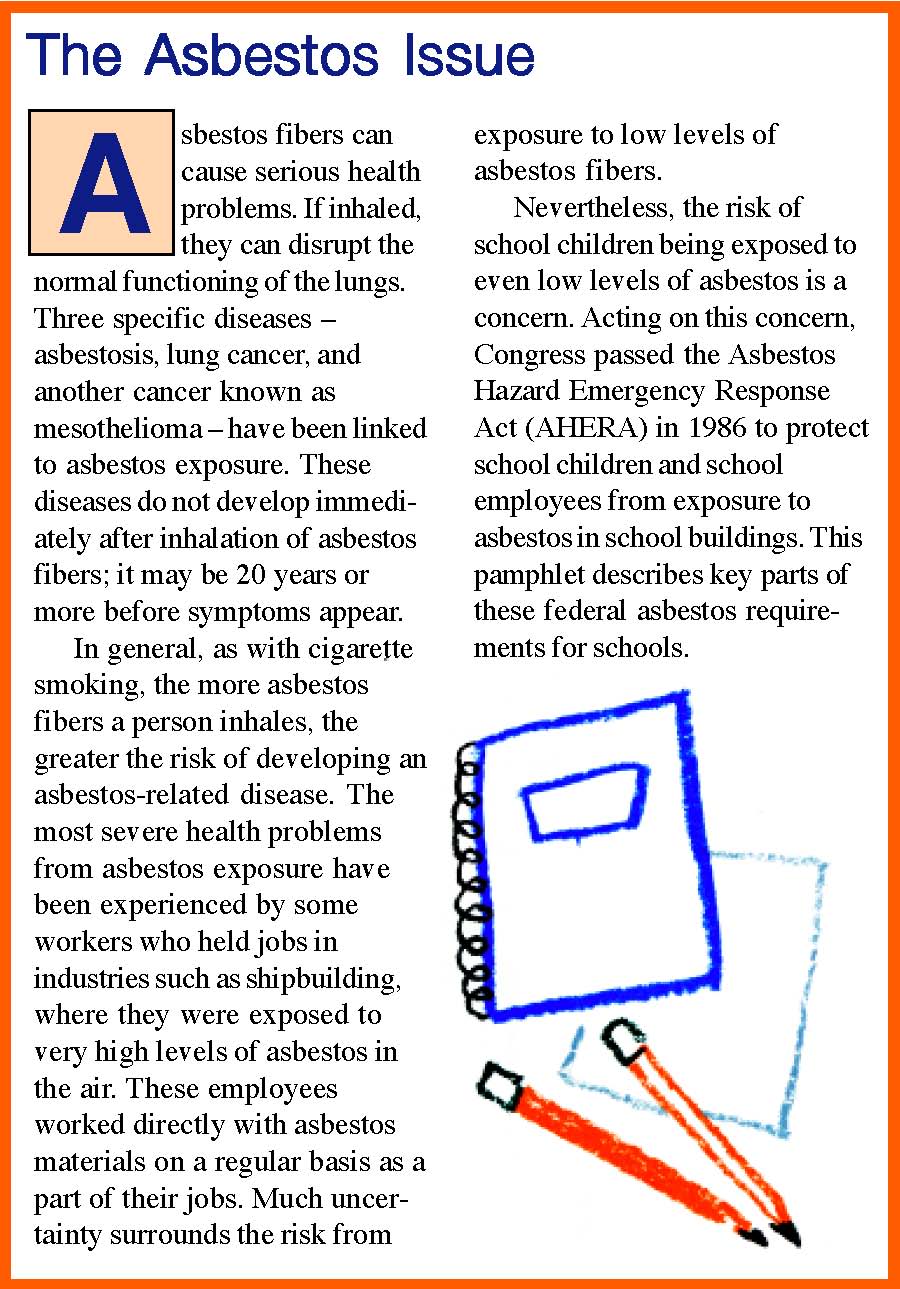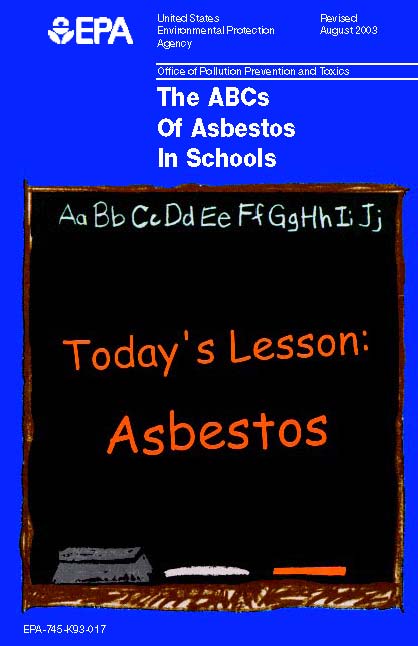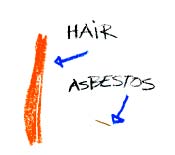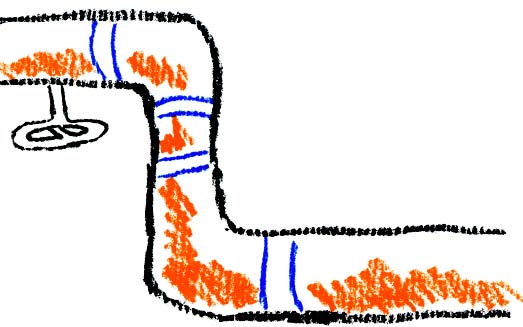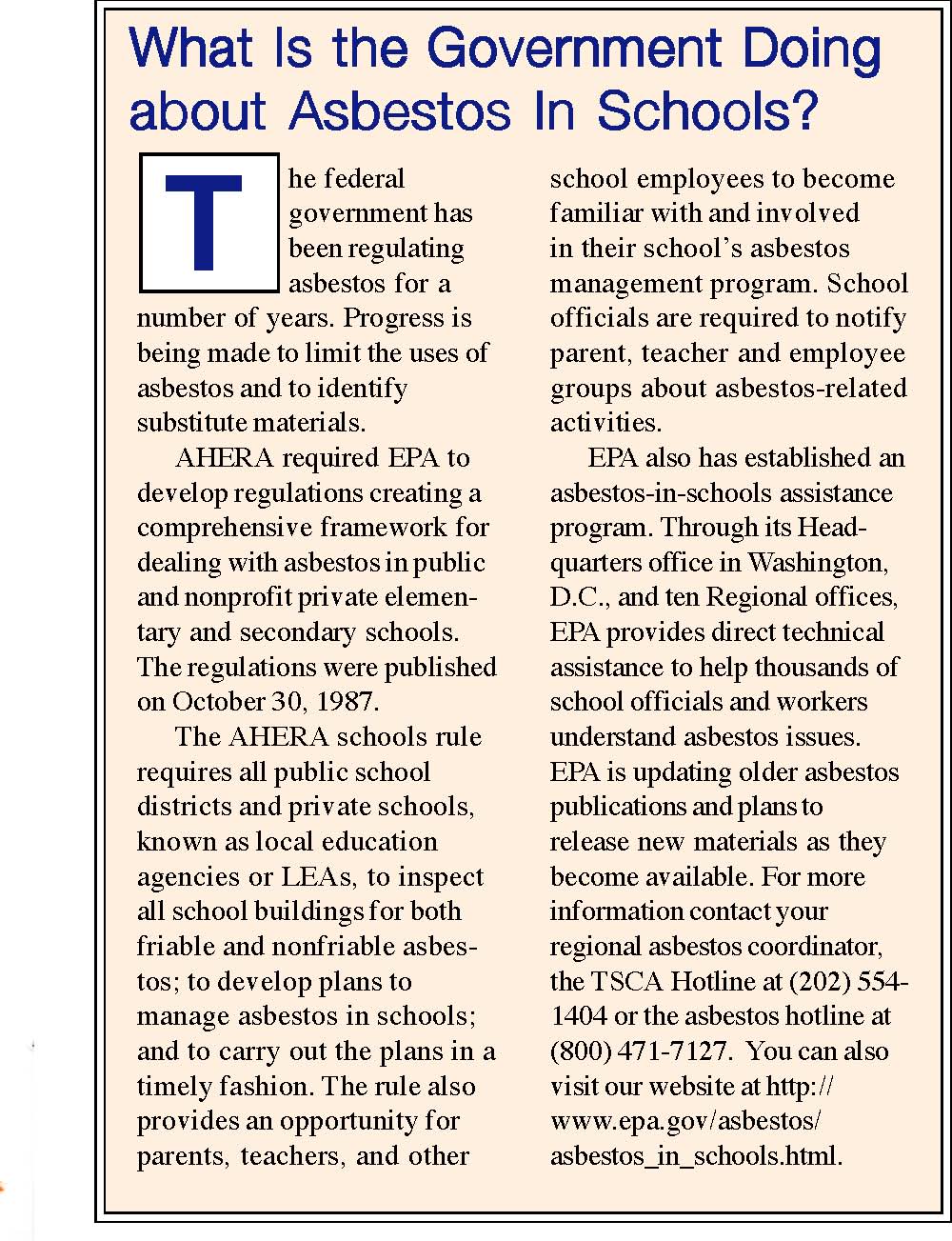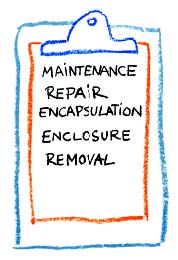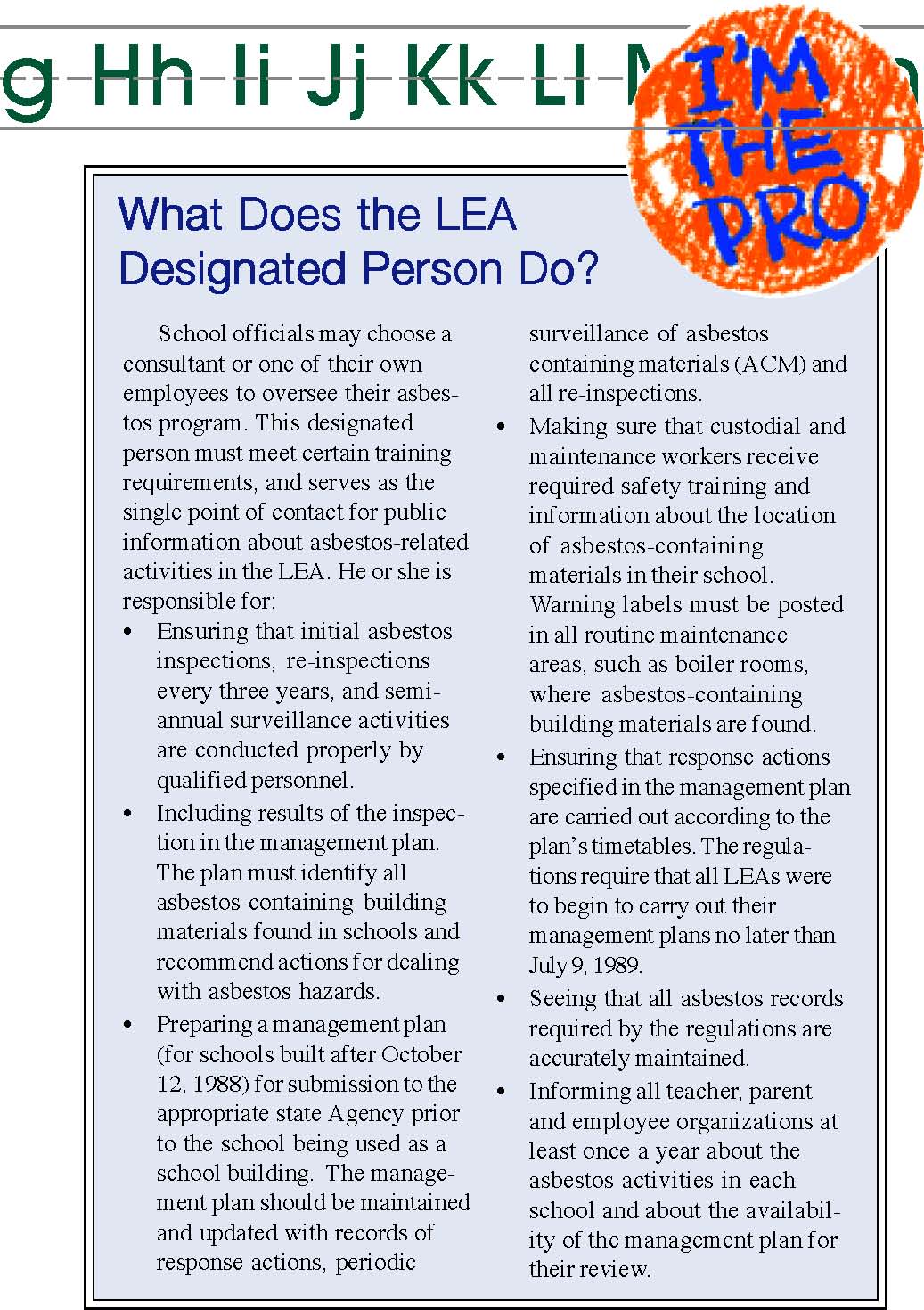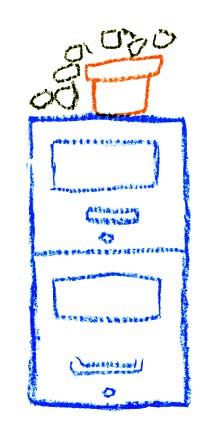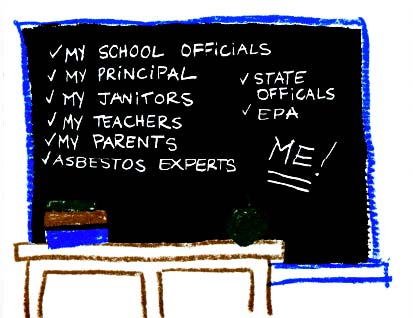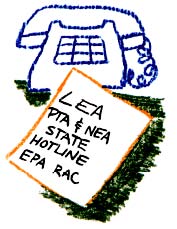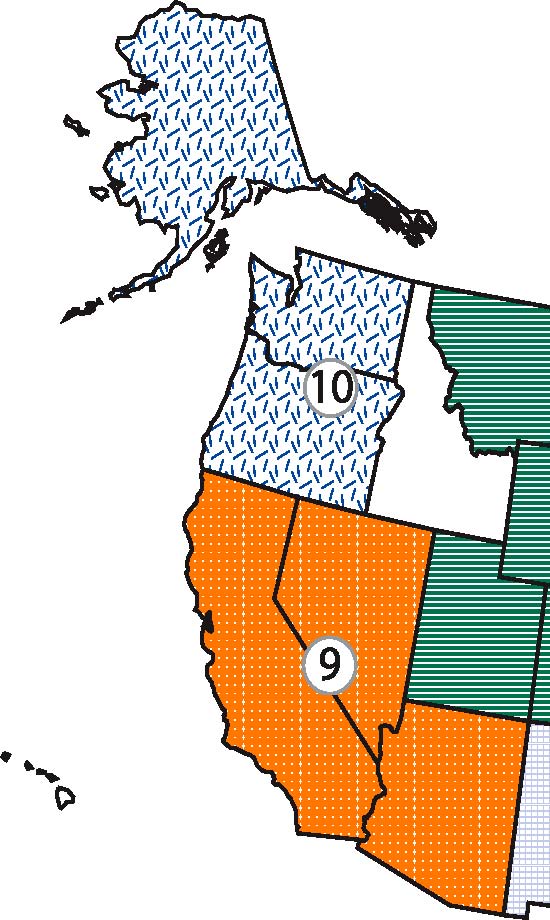EPA Region 2
Air Branch
290 Broadway, 21st Floor
New York, NY 10007
Phone: (212) 637-3000
(New Jersey, New York,
Puerto Rico, and Virgin
Islands)
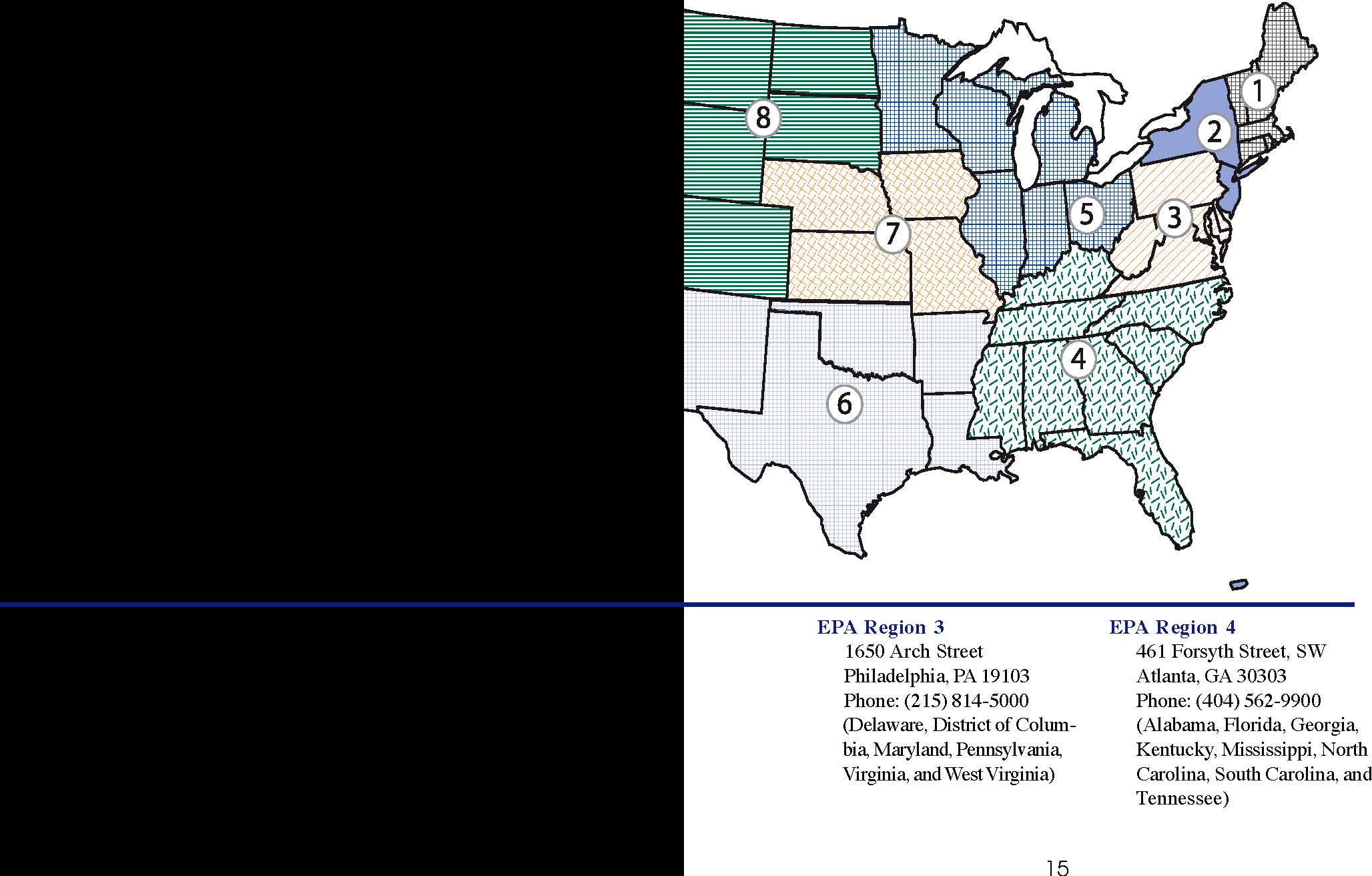
EPA Region 5
77 West Jackson Blvd.
Chicago, IL 60604
Phone: (312) 353-2000
(Illinois, Indiana, Michigan,
Minnesota, Ohio, and Wis
consin)
EPA Region 6
1445 Ross Avenue
Dallas, TX 75202
Phone: (214) 665-2200
(Arkansas, Louisiana, New
Mexico, Oklahoma, and
Texas)
EPA Region 7
901 N. 5th Street
Kansas City, KS 66101
Phone: (913) 551-7003
(Iowa, Kansas, Missouri, and
Nebraska)
EPA Region 8
999 ’Äì 18th Street, Suite 300
Denver, CO 80202
Phone: (303) 312-6312
(Colorado, Montana, North
Dakota, South Dakota, Utah,
and Wyoming)
EPA Region 9
75 Hawthorne Street
San Francisco, CA 94105
Phone: (415) 947-8000
(Arizona, California, Hawaii,
Nevada, American Samoa,
and Guam)
EPA Region 10
1200 Sixth Street
Seattle, WA98101
Phone: (206) 553-1200
(Alaska, Idaho, Oregon, and
Washington)
National Parent Teacher Association
National PTA
330 N. Wabash Avenue
Suite 2100
Chicago, IL 60611
1-800-307-4782
National PTA
DC Office
1090 Vermont Avenue, NW
Suite 1200
Washington, DC 20005
(202) 289-6790
Hotline: 1-888-425-5537
National Education Association
NEA
1201 16th Street, NW
Washington, DC 20036
Division of Government Relations
(202) 822-7300
or
Office of General Counsel
(202) 822-7035
Prepared by the U.S. Environmental Protection Agency
 The National Education Association
The National Education Association
 The National Parent Teacher Association
The National Parent Teacher Association
$300
(7404T)

Penalty for Private Use Official Business Washington, DC 20460 Environmental Protection Agency United States
